
Located in Do My village, Tong Son commune, Do My communal house is a typical construction bearing the architectural imprint of the Nguyen Dynasty communal house. Built in the mid-19th century, the communal house worships Thanh Hoang To Hien Thanh, a famous mandarin who was both a mandarin and a martial artist under the Ly Dynasty, along with Do Ba and Nguyen Than Xuan. In 1996, the communal house was ranked as a provincial-level revolutionary historical relic.
Over nearly two centuries of existence, the communal house was once a place for cultural gathering and community activities, playing an important role in the spiritual life and local history. However, the changes of time and the impact of climate have caused the majestic wooden structure to deteriorate severely, many architectural sections are rotten, cracked, and no longer safe.
Faced with that situation, on December 21, 2024, the People's Council of Ha Trung district (old) issued a Resolution approving the investment policy of the project "Restoration and embellishment of Do My communal house relic", creating a basis for the project to enter the conservation phase according to standards, aiming to restore the original value and promote the effectiveness of culture and tourism for the locality.
Unique architectural features of the communal house of the Nguyen Dynasty
Do My communal house is located on a flat land, facing West, with an area of about 375m², including 5 rooms and 2 wings with 24 ironwood pillars (12 main pillars, 12 side pillars). The main pillars are so large that an adult's arms cannot hug them, demonstrating the sophistication, massiveness and scale of ancient architecture.

All the wooden pillars in the communal house are made of precious ironwood, structured in the "stacked beams - beams" style, bringing stability and balance. In addition to the common "four sacred animals" and "four seasons" motifs, ancient artisans created many sophisticated carvings, with a compact layout, exuding strength and vitality.
The elders recounted that in order to build such a large communal house, the people of Do My in the past could not have done it themselves. The village had made friends with many neighboring villages such as Pham Xa, Vy, Da… to form a network of mutual support: the village provided wood, the village made tiles, the village made bricks, the village contributed money to hire workers.
That spirit of solidarity not only created a relic but also formed a strong cultural bond. Every year, on holidays, people from the “Ket Cha” villages still bring offerings to Do My communal house to burn incense, preserving a rare tradition.
For hundreds of years, the communal house has been both a place of worship for the village guardian spirit and a space for community cultural activities. Although the village already has a cultural house, Do My communal house is still considered the “common house”, where village meetings, community affairs, festivals and celebrations take place.
In particular, during the resistance war against the French, Do My communal house and pagoda was a “red address”, a place for meetings, organizing revolutionary forces, and hiding cadres. This historical value played an important role in the relic being ranked at the provincial level in 1996.
Every year, on the full moon day of the first lunar month, the Do My communal house festival is solemnly held, attracting a large number of people and villages to return. In the warm spring weather, the village festival becomes a space to connect the community, conveying wishes for a peaceful and prosperous new year.
Large-scale restoration project, expected to revive community cultural space
According to the Resolution of the People's Council of Ha Trung district (old), the project to restore and embellish Do My communal house is implemented on a total area of about 2,000 square meters, with a total investment of no more than 18,675 billion VND.
The main items implemented include: Restoring and embellishing the main communal house; maintaining the original architectural scale of 5 compartments and 2 wings; raising the communal house foundation 45cm (3 steps) higher than the yard; the area is 305m²; demolishing the people's harem built in 2005 to rebuild it in the traditional style, with an area of 20m².

Build a new four-pillar gate, fence, and renovate the communal house yard. The four-pillar gate has 4 pillars leading to the sky; the fence is 1.55m high, 110m thick, with 220 pillars spaced 4m apart; alternating with lemon-flower ceramic tiles; the yard is paved with restored octagonal bricks in the "cong" style.
The project aims not only to reinforce and protect the deteriorating works but also to improve the technical infrastructure, increase the longevity of the relic, and create a cultural space to serve traditional rituals and community activities of the people of Tong Son commune.
At the same time, when completed, Do My communal house promises to become an attractive cultural and tourist destination, contributing to the local socio-economic development.
According to statistics of the Department of Culture, Sports and Tourism of Thanh Hoa, the whole province currently has: 858 ranked relics, including 1 world cultural heritage, 5 special national relics, 139 national relics and 713 provincial relics; 27 national intangible cultural heritages; 8 national treasures.
Many key relics have received hundreds of billions of VND from the Central Government for restoration and embellishment, such as Lam Kinh, Ho Dynasty Citadel, Ba Trieu Temple, Le Dynasty Temple, etc. Localities have also proactively allocated resources to prevent degradation from 30-60 billion VND/year, not to mention socialized resources 5-7 times more than the State budget.
Not only preserving tangible relics, Thanh Hoa also focuses on restoring intangible cultural values: Pon Poong festival, Kin Chieng Booc May, Mung village's Cheo singing, Xuan Pha play, Dong Anh lantern dance, Ma river singing, Chieng play, communal house singing... Many traditional crafts have been restored, bringing high economic efficiency such as bronze drum casting, making gai cake, and nem chua.
The province also focuses on planning and developing heritage tourism through specialized projects such as developing Ho Dynasty Citadel tourism, innovating the management of Lam Kinh relic site, and building key tourism products by 2030...
Thanks to that, the image of Thanh Hoa's relics and landscapes is increasingly widely promoted, contributing to making tourism a key economic sector.
Source: https://baovanhoa.vn/van-hoa/dinh-do-my-gan-200-nam-tuoi-duoc-trung-tu-hoi-sinh-gia-tri-kien-truc-thoi-nguyen-183496.html


![[Photo] Next to the "mountain of trash" after the flood, Tuy Hoa residents strive to rebuild their lives](/_next/image?url=https%3A%2F%2Fvphoto.vietnam.vn%2Fthumb%2F1200x675%2Fvietnam%2Fresource%2FIMAGE%2F2025%2F11%2F24%2F1763951389752_image-1-jpg.webp&w=3840&q=75)


















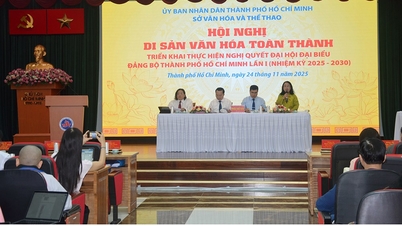
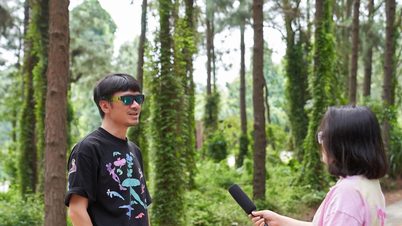












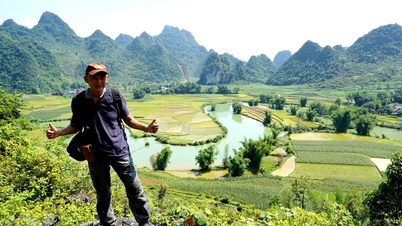


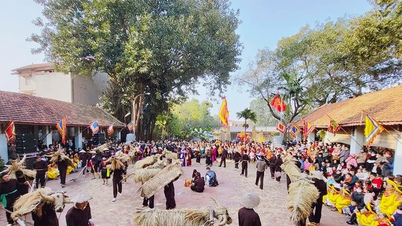

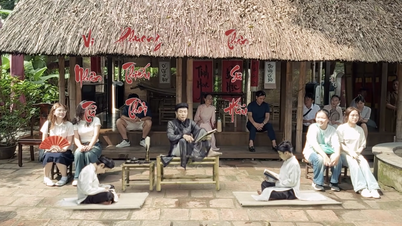


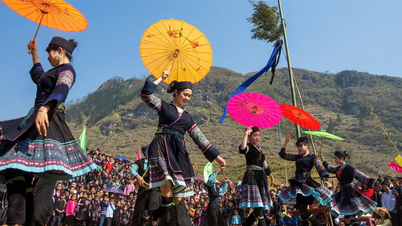

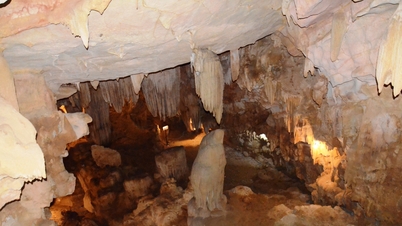







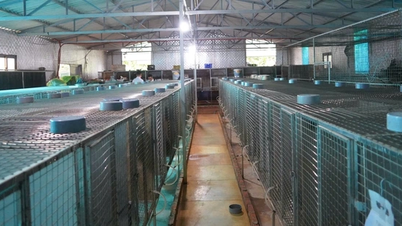





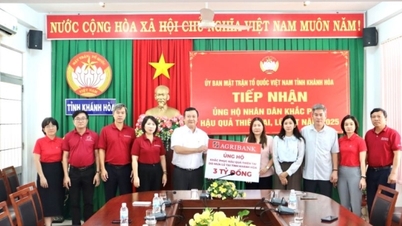






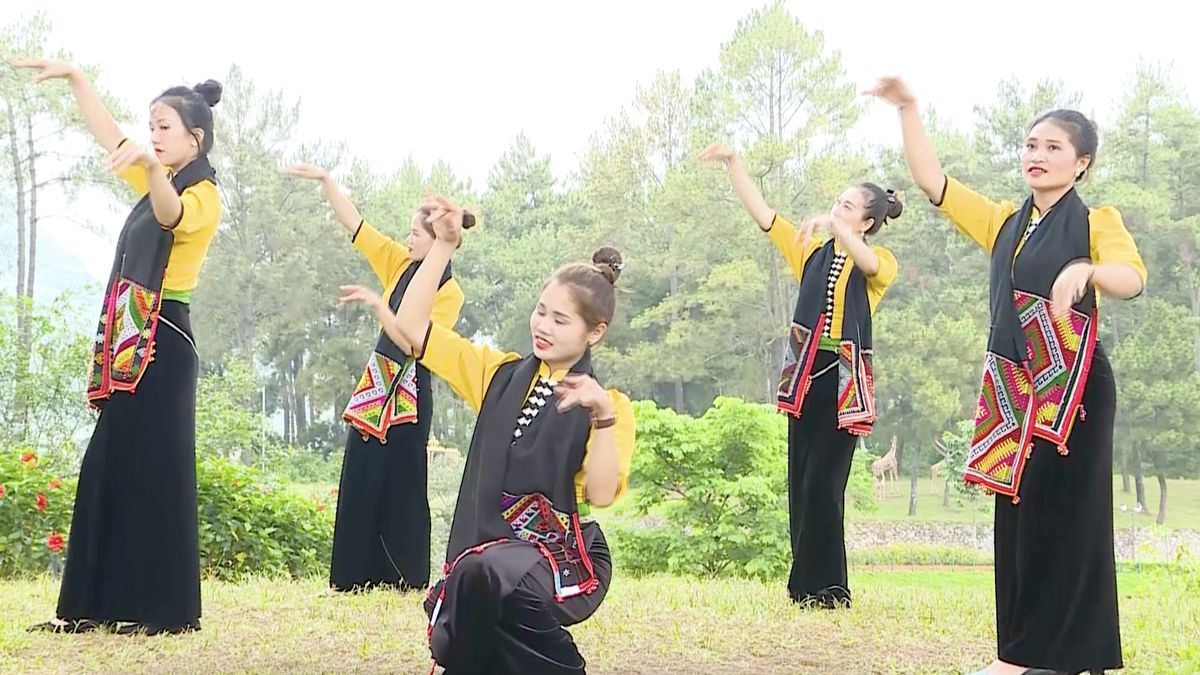








![[Photo] General Secretary To Lam attends the National Conference to review the Party's inspection, supervision and discipline enforcement work in 2025 and the 13th Congress term](https://vphoto.vietnam.vn/thumb/402x226/vietnam/resource/IMAGE/2025/11/24/1763967570884_anh-man-hinh-2025-11-24-luc-13-59-19.png)
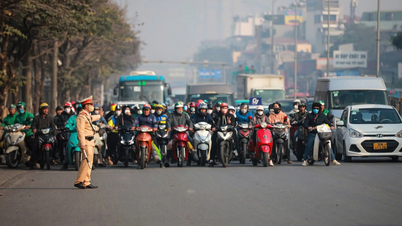






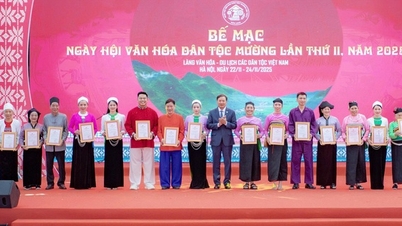




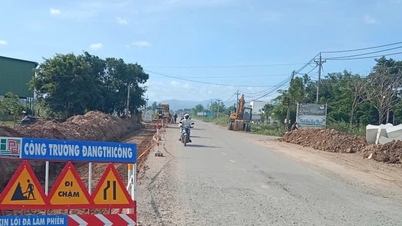
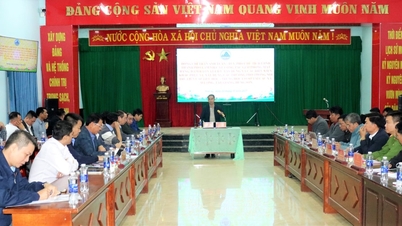

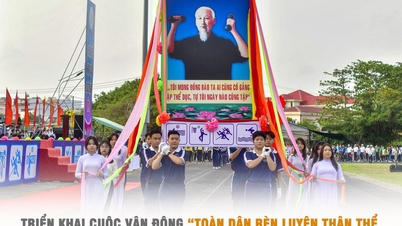













Comment (0)